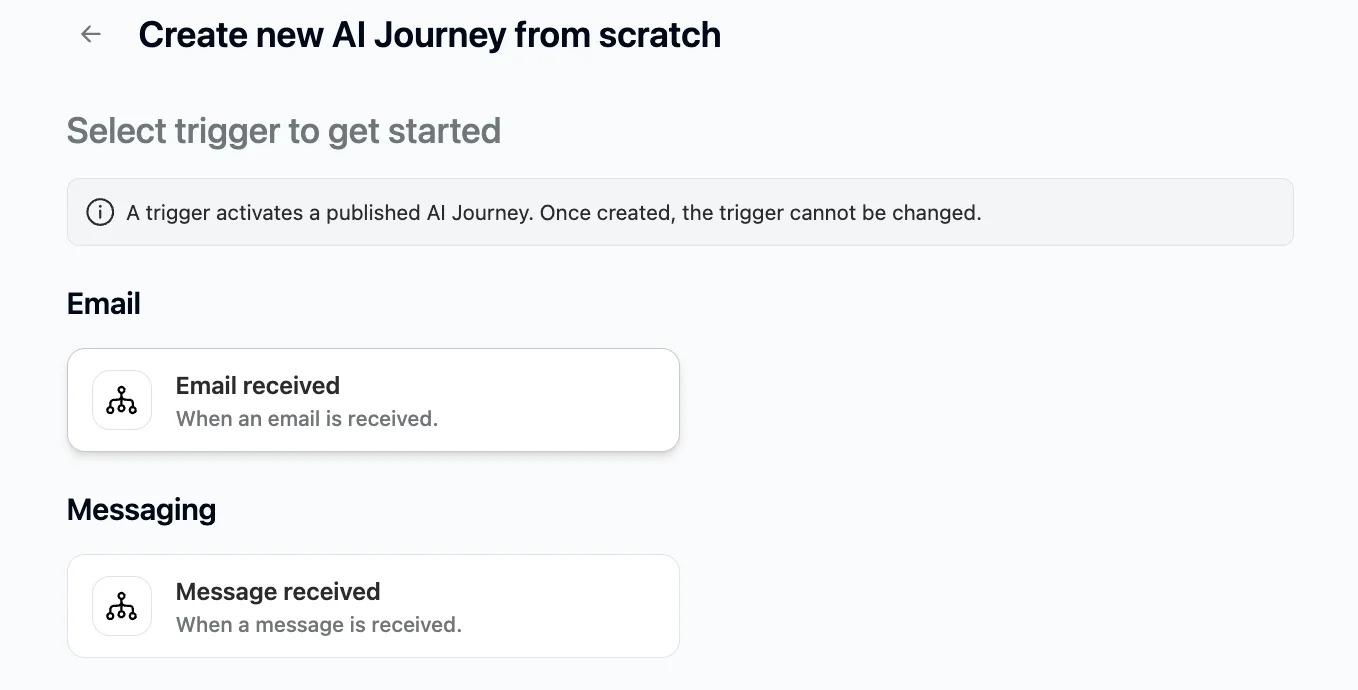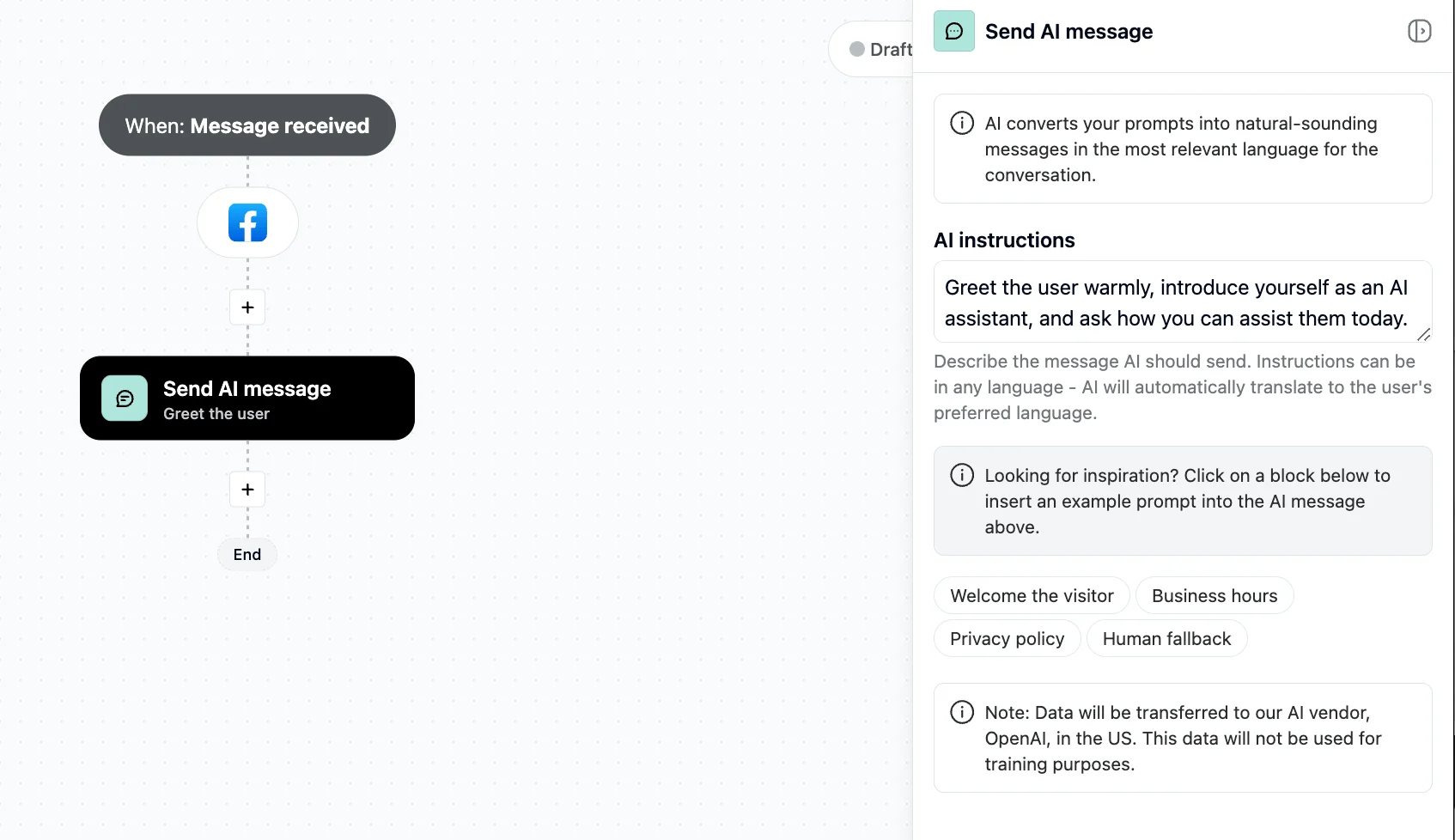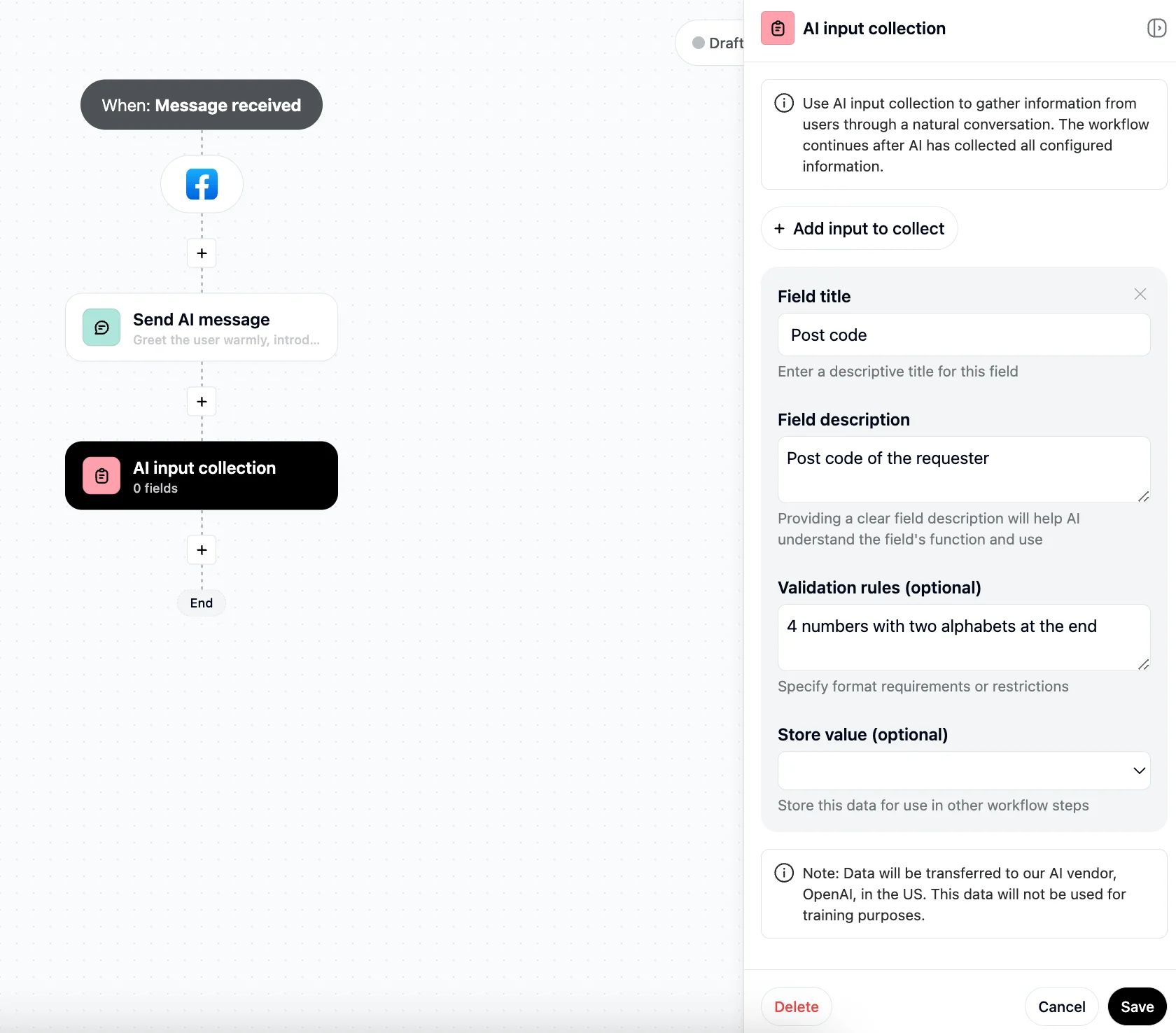In 2024, Trengo introduced a new plan & pricing for the customers. It shifted the user-based model to a usage-based model. To understand usage better, we need to start from the beginning, a conversation. Then, there are other parts that will be factored in to the plans, e.g. number of team member, integration necessity, whitelabeling, and others.
What is a conversation?
The moment you start your Trengo journey, you will notice that your subscription comes with an allocated number of conversations.
A conversation in Trengo is an outbound message that starts in Trengo, either as the first touch point with a customer or as a reply to a customer’s inbound conversation. A conversation is restricted to a 7-day window, and once the window concludes and a new message is sent, it will also be counted as two conversations.

The plans in 2024 will determine how much conversations you will have per month/year.
For more information on conversation you can click here.
What should I take into consideration when choosing the plan?
When choosing a plan for your team, it's important to carefully consider several factors to ensure that the selected plan aligns with the team's needs and requirements. Here are some key considerations:
- Team size. If your team has fewer than 10 members and requires no automation - the 'Boost' plan may suffice. For larger teams exceeding 10 members, consider the 'Pro and 'Enterprise' plan.
- Integration requirement. Integration features are possible in our plans. The 'Pro' and 'Enterprise' subscriptions will have the privilege to have both premium integration, such as Microsoft Dynamics and Salesforce, to name a few.
- Support needs. If the team values quick and personalised support through our email, live chat, and WhatsApp, it is possible only in our 'Pro' plan.
- Automation requirements.
- White labeling. If the team requires a customized branding experience and the ability to remove Trengo branding, this feature is available in 'Boost' and 'Pro' plans.
- Budget considerations. Evaluate the cost of each plan in relation to your budget and the features offered.
Here are the quick overview of our plans:
- Boost - suitable for a medium team, requires some integration and automation. The main usage of Trengo would be the combination of automating the omnichannel inbox, the use of widget as well as basic reporting.
- Pro - suitable for a medium to large team that requires advance integrations, whitelabeling as well as advance Reporting ability.
- Enterprise - suitable for larger teams who are looking for customer setup requirements.
Balance
In order for Trengo to enhance your customer engagement, occasionally, a third-party platform will be used to assist with the conversation flow, for example: WhatsApp (META), Twilio.
IMPORTANT: Although Trengo AI offerings are not a third-party solution, their surcharge will be deducted from Balance.
The third-party balance refer to the charges associated with a different platform that is done within the Trengo environment. The balance can be committed and paid in advance, similar to conversation blocks. If you do not wish to commit to it, but still use the third party products, auto top-up will add balance to your account as one-time off so that you can continue using the product. We highly recommend to start a commitment.
Please note :
- The balance can be paid in advance.
- It is fully transparent. You will be able to check the transaction in the third-party platform and cross-check it with the data in Trengo.
- Trengo is not liable for fluctuations or changes made in the third-party platform.
Auto top-up balance
With the new auto top-up, you will get charged automatically whenever you have exhausted your balance. This applies to all customers, also to ones who are using third party products and AI Agent without having a pre-commitment or any balance, as well as the ones who have a commitment but use more than that.
Auto top-up will check customers who are using more than their balance and top-up the balance for them. This way, customers can continue using third party products and AI Agent without any disruptions due to insufficient balance.
With the auto top-up, we are aiming to cover the balance over-usage and give extra balance so that there is no disruptions. That means auto top-up amount will include
1. The over-usage amount. This is basically what is used more than the balance in the account.
2.The extra balance for the remaining days of the cycle. This amount will be identified by looking back at the daily average balance usage of customers within their current cycle, and extrapolate that usage over the rest of the subscription period, and determine the expected usage for the remainder of the period.
The system will limit the maximum amount of extra balance by putting a ceiling amount, which is 500€. Please note that the 500€ is only for the usable balance, however, if you have used more balance in the past, it will be added on top of this.
In case for multiple auto top-ups, the invoices can be sent separately and the amount of an invoice will not be higher than 9.5k€, shall there be a need to have higher top-up then you might receive multiple invoices instead.
We are also limiting the remaining days multiplier for yearly customers so that customers will not get a huge amount of extra balance they cannot utilize. The system will then sum up the over-usage amount and the extra balance calculated based on the real usage, round it up to the next bundle and determine the amount of bundles that need to be topped up. This is to ensure smarter auto top-ups and customers will not end up having too many auto top-ups.
When the system automatically tops up, this will generate an invoice, which can be found under Billing History. On the Usage Page, you can see your updated balance.
There is also a carry-over logic for top-ups (both manual and auto top-up). Any remaining balance from the top-ups will carry over one more cycle and you will be able to use it in the next one. Please note, remaining balance from the top-ups will only carry over for one cycle and anything left from the balance that is paid in advance, as part of the subscription - will not be carried over.
For Twilio, check out the rates here and for META you can check the rates here.















